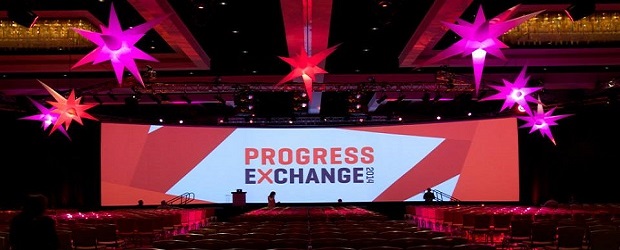Developing applications for other customers can be daunting, especially when customers have their own sets of ever-changing specs, needs, and requirements that need to be met before the job can get done.
But for FDM4 America Inc., a company with offices in both North Bay, Ont. and Henderson, Nev., that’s part of their everyday work. FDM4 supplies enterprise resource planning (ERP) software to clothing and apparel companies. A lot of their sites feature limited time promotions, free shipping, third-party integrations, product suggestions, and so on, and these require extra work on the back end.
To give customers what they need, FDM4 has been working with Roundtable Software and Progress Software Corp. for about 20 years, says Mike Cutsey, president of FDM4. Roundtable and Progress have been partnering together for almost two decades, allowing their customers to tap into both Roundtable’s software development tools and Progress’ development platform, OpenEdge.
“Right out of the gate, there weren’t a lot of software control systems that actually analyzed the database that said oh, I want to go make this change – what else is going to be affected?” says Cutsey. He adds that 20 years ago, that’s what drew FDM4 to Roundtable and Progress.
What’s special about Roundtable and Progress is that they’re intertwined, Cutsey says. Roundtable uses the same language as Progress’ OpenEdge platform, Advanced Business Language (ABL), which makes Roundtable more than just an external source code tool.
That’s important because FDM4 needs to be able to quickly write and compile code for its customers, with the company juggling 10 modification projects for each customer at all times. Roundtable allows the company to segregate software programs from their release versions, make changes to them, and deploy them in both test and live environments. By controlling the flow of deployment, FDM4 can ensure its customers’ systems don’t break.
Cutsey estimates about 90 per cent of FDM4’s customers are businesses that want the company to do most of the coding and the management of its systems. The remaining 10 per cent have IT departments that rely on FDM4 to do most of their development work, while getting their staff to make changes and customizations to a separate version of the code. The result is like something like GitHub, a system where developers can see others’ code and their changes to the source code.
“When I want to make a change to a program, or I want to make a change to a field in the database, [Roundtable] will tell you what programs need to be changed, easily, and where in the code the programs need to be looked at to be changed,” Cutsey says.
For example, if a developer wants to lengthen the number of characters allowed for a field, like a city name, Roundtable can show developers where the code might be affected or might break. There may be places where the modified code won’t allow an invoice to print out properly, and Roundtable will flag those for developers to look at.
What’s also key is that it won’t allow any modifications to the original source code, Cutsey says.
“No matter what happens, [Roundtable] will not write over the code. It will know what’s changed and what the differences are, and so it helps us control … what code can be changed.”



